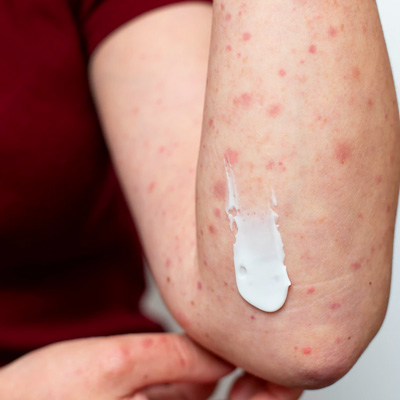Allergies, also known as allergic diseases, are a number of conditions caused by hypersensitivity of the immune system to something in the environment that usually causes little or no problem in most people.
[the_ad id=”6114″] These diseases include hay fever, food allergies, atopic dermatitis, allergic asthma, and anaphylaxis. Symptoms may include red eyes, an itchy rash, sneezing, a runny nose, shortness of breath, or swelling. Food intolerance and food poisoning are separate conditions.
Allergies exist in many different forms:
1. Food Allergies and Food Intolerance
Food allergies or food intolerance affect nearly everyone at some point. People often have an unpleasant reaction to something they ate and wonder if they have a food allergy.
2. Seasonal Allergies
Winter and Spring Allergies
Spring is the time of year that we normally think of when it comes to seasonal allergies. As the trees start to bloom and the pollen gets airborne, allergy sufferers begin their annual ritual of sniffing and sneezing.
Summer Allergies
Although spring most readily comes to mind when we think of allergies, many of the same allergic triggers that can make us miserable in the spring persist into summer.
Fall Allergies
The allergy triggers might be slightly different, but they can be just as misery-inducing as the flower pollen that fills the air in the spring and summer.
3. Pet Allergies
Dog and Cat Allergy
For a person with dog allergies, life in a dog loving country isn’t easy. Dog and cat danger gets everywhere, including places where dogs have never set a paw.
4. Other Allergies
Hay Fever
Hay fever is an immune disorder characterized by an allergic response to pollen grains and other substances. Also known as allergic rhinitis, there are two types: seasonal, which occurs only during the time of year in which certain plants pollinate, and perennial, which occurs all year round.
Allergic Conjunctivitis (Pink Eye)
Pink eye caused by bacteria, viruses, or STDs can spread easily from person to person but is not a serious health risk if diagnosed promptly; allergic conjunctivitis is not contagious.
Hives (Urticaria)
Hives, also known as Urticaria, are an outbreak of swollen, pale red bumps, patches, or welts on the skin that appear suddenly – either as a result of allergies, or for other reasons.
Mold Allergy
People with mold allergies, however, may have a reaction if exposed to too much of the fungus.
Pollen Allergies
For most people, a change of seasons signals the beginning of long, lazy days or cool, crisp evenings.
Dust Allergy
Life with dust allergies — whether they’re yours or a family member’s — comes with a load of questions. For instance, might a dust allergy explain your child’s never ending cold symptoms.
Cosmetic Allergy
Although cosmetics can help us feel more beautiful, they can cause skin irritation or allergic reactions. Certain ingredients used in cosmetics, such as fragrances and preservatives, can act as allergens, substances that trigger an allergic reaction.
Drug Allergy
Many drugs can cause adverse side effects, and certain medicines can trigger allergic reactions. In an allergic reaction, the immune system mistakenly responds to a drug by creating an immune response against it.
Source:

